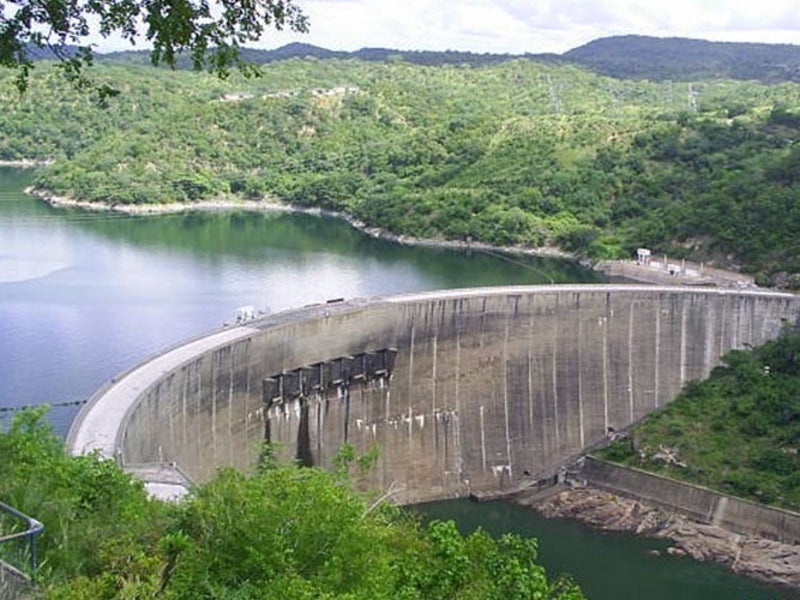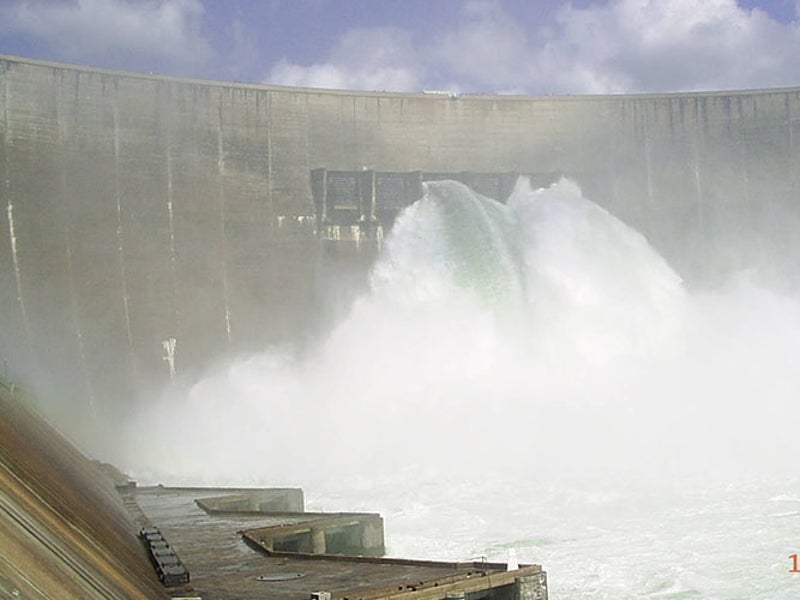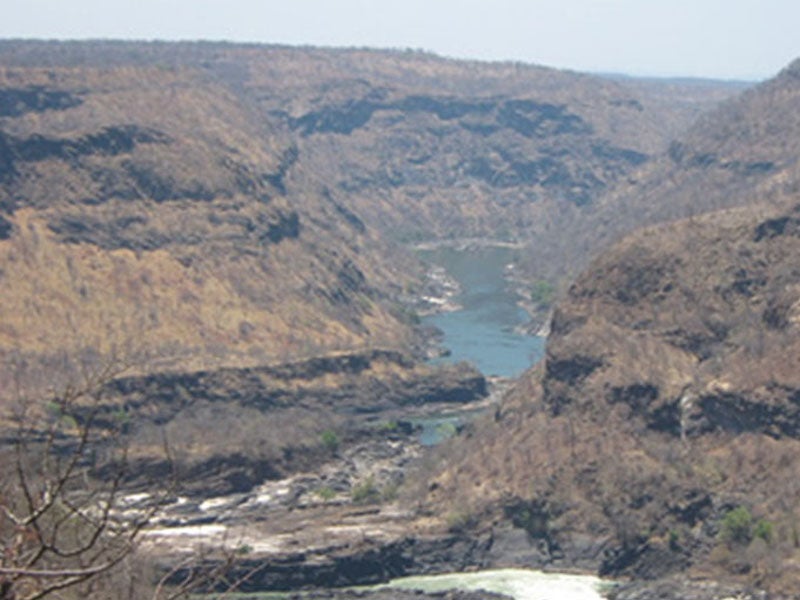Batoka Gorge hydropower station is a 2.4GW run-of-the river hydroelectric project planned to be developed on the Zambezi River, which flows across the boundaries of Zambia and Zimbabwe.
It will be located 54km downstream of the Victoria Falls, one of the biggest waterfalls in the world.
Officially known as the Batoka Gorge Hydro Electricity Scheme (BHES), the hydropower project will be developed by the Zambezi River Authority (ZRA), which is jointly owned by the governments of Zambia and Zimbabwe.
Both countries entered a memorandum of understanding (MoU) for the development of the project in February 2012. The African Development Bank (AfDB) Group was named as the lead financier and co-ordinator for the $5.2bn project in April 2017.
Construction activities on the project are expected to be started after reaching financial closure in 2019, while commissioning is expected after 2024.
The bi-national project is expected to create approximately 6,000 employment opportunities.
Batoka Gorge hydropower facility design
The Batoka Gorge hydroelectric facility will comprise a roller compacted concrete (RCC) gravity arch dam measuring 720m-long and 181m-tall, and two 1,200MW surface power houses on both sides of the Zambezi River.
Each power house of the facility will be installed with six 200MW hydroelectric turbines.
The catchment area of the reservoir will be 508,000km², while four intakes will be built to send water to both the power plants through 4km-long tunnels.
A crest type spillway with 12 radial gates will be constructed to ensure controlled release of flow from the reservoir. Measuring 13m-tall and 14m-wide, the spillway’s design discharge capacity will be 20,000m³/s.
Batoka Gorge power transmission
The cross-border hydroelectric project is expected to generate 10,215GWh of electricity a year, which will be shared between Zambia and Zimbabwe.
The electricity generated at the Batoka Gorge hydroelectric facility will be evacuated through four proposed overhead transmission lines to Zambia and Zimbabwe. Electricity transmission to Zambia will be done through two 330kV lines, while that to Zimbabwe will be through two 400kV transmission lines.
A 55km-long, 330kV double-circuit transmission will connect the north bank power plant of the Batoka Gorge facility with the new Mukuni substation of Zambia Electricity Supply Company (ZESCO) at Livingstone.
The other transmission line for Zambia will be a 170km-long single-circuit 330kV line connecting the plant with the Muzuma substation in Choma.
Zimbabwe will receive electricity from the Batoka south bank power plant through a 70km-long 400kV single-circuit transmission line connecting the Hwange substation and a 400km-long double-circuit transmission line connecting the Chakari substation.
Key players involved
ZRA shortlisted three bidders for the development of the Batoka Gorge hydropower station on build-operate-transfer (BOT) basis in February 2019.
The shortlisted organisations include a consortium of China Power and General Electric (GE), a joint venture of China Three Gorges Corporation, China International and Water Electric Corporation and China Gezhouba Group Company, and Salini Impregilo of Italy.
The final development contract for the project is expected to be awarded by the end of 2019.
Studio Pietrangeli was previously engaged by ZRA to carry out the engineering feasibility studies for the implementation of the project.
Environmental Resources Management Southern Africa (ERM) offered environmental and social impact assessment (ESIA) services for the BHES project.
Ernst & Young Advisory Services, in consortium with Tata Consulting Engineers and Webber Wentzel, was appointed to provide financial and legal advisory services for the project.
Funding for Batoka Gorge hydropower station
The funding required for the economic feasibility studies of the project was provided by the World Bank.
ZRA allocated funds for the engineering feasibility and ESIA studies for the transmission lines of the Bakota Gorge hydropower station in March 2019.






